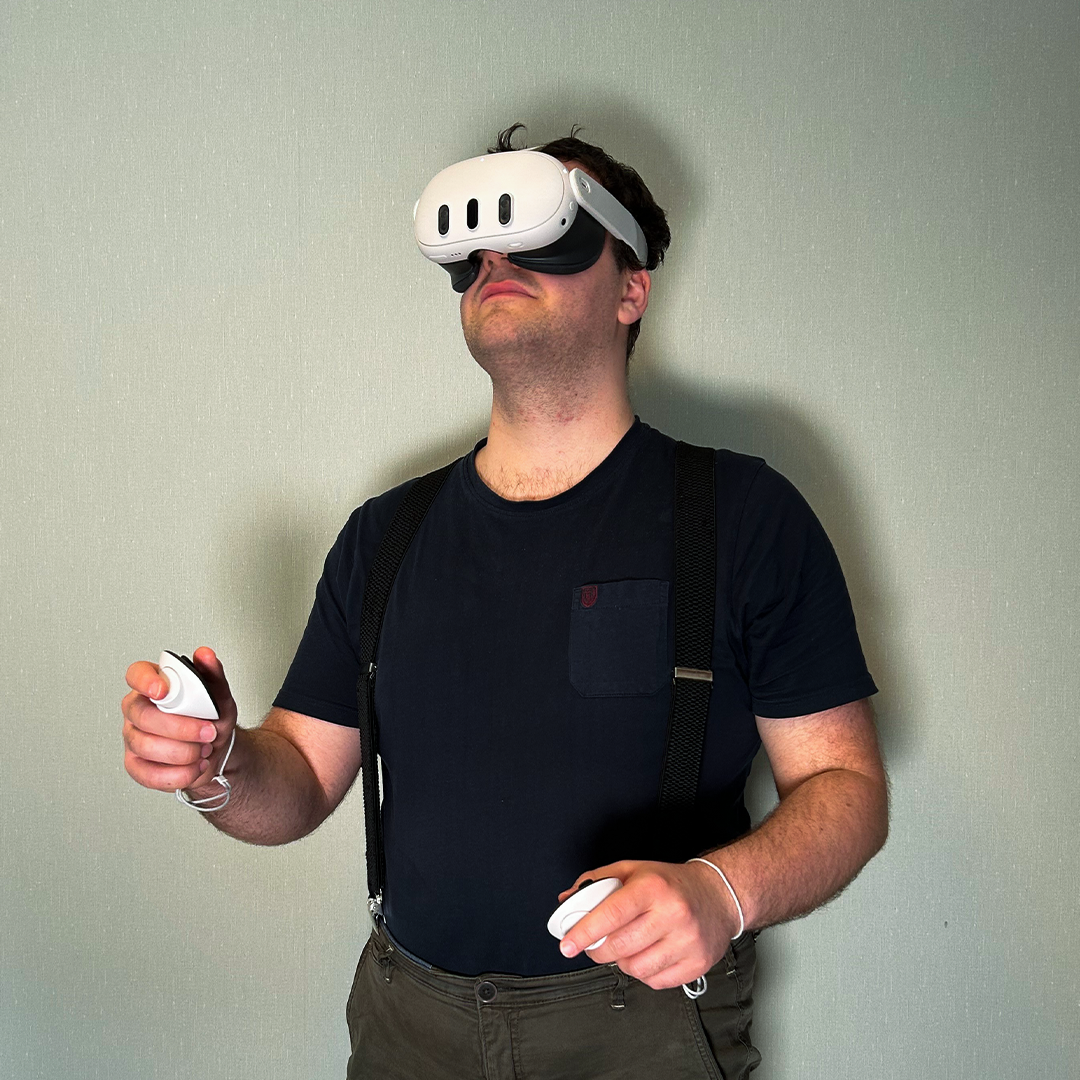VR (Virtual Reality)
Some things are hard to grasp without experiencing them. VR creates immersive, interactive environments where participants can explore, make decisions and practise in a safe, yet realistic context. When we learn with our whole body and senses, the experience strengthens learning in a way traditional methods often can’t match.
Strenghts:
✦ Ideal for skills training where participants can practise in realistic settings without risk.
✦ Creates strong engagement and emotional experiences that lead to deeper understanding.
✦ Improves decision-making – participants can experiment, make mistakes and learn from the consequences.
✦ Studies show that immersive learning can improve knowledge retention by up to 75% compared to traditional methods.
Things to consider:
🔍 Immersive learning works best when participants are active – interaction and decision-making enhance both impact and relevance.
🔍 VR is a powerful method, but not suitable for every type of training – it should be used where it truly adds value.
🔍 It can be cost-effective, especially when practical training would otherwise require hard-to-access environments or involve complex, expensive or high-risk scenarios.



